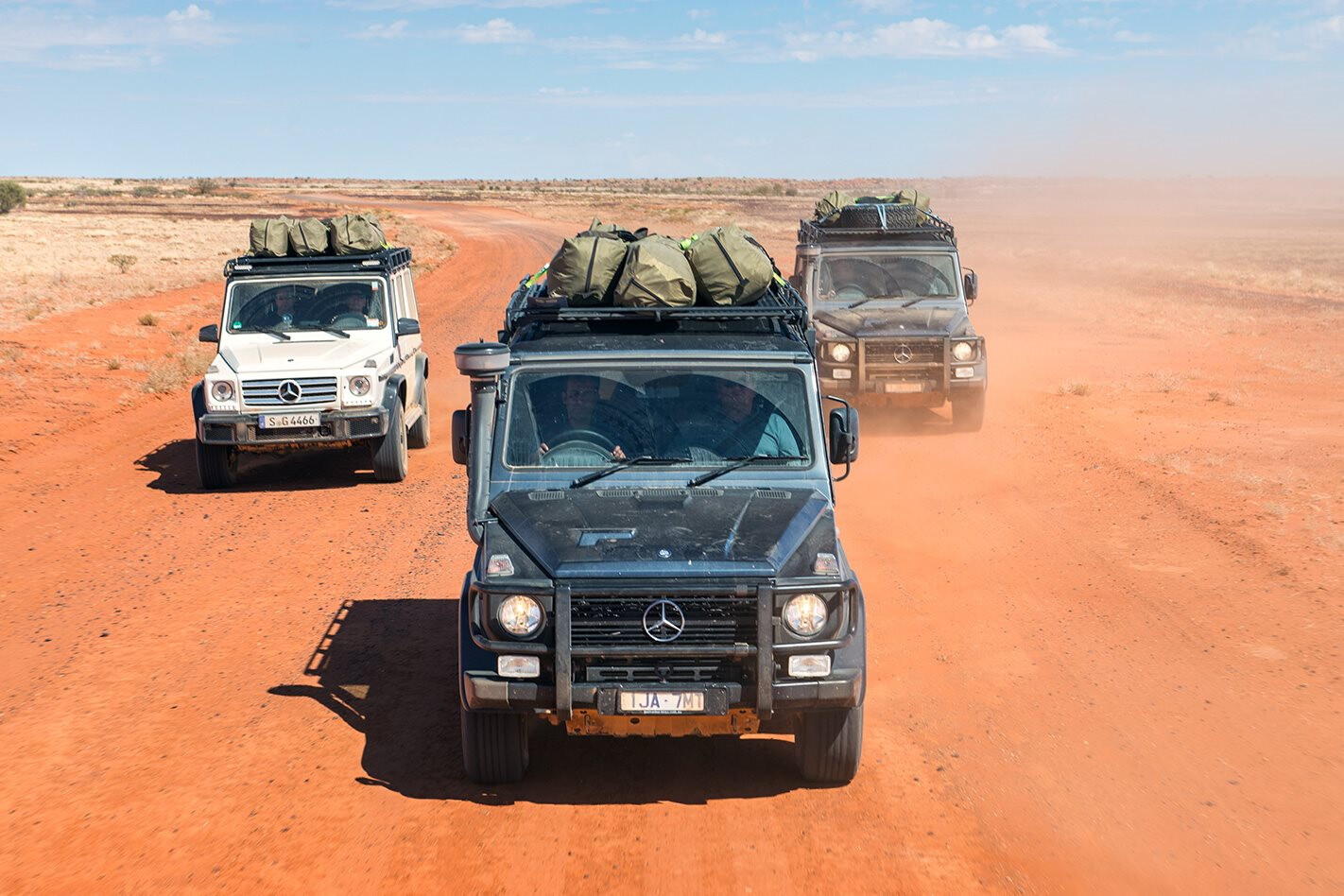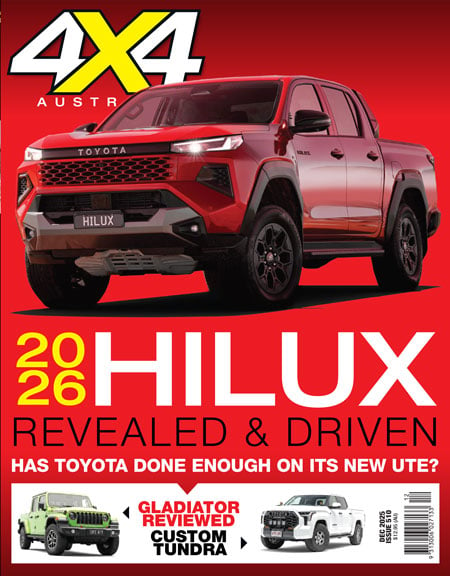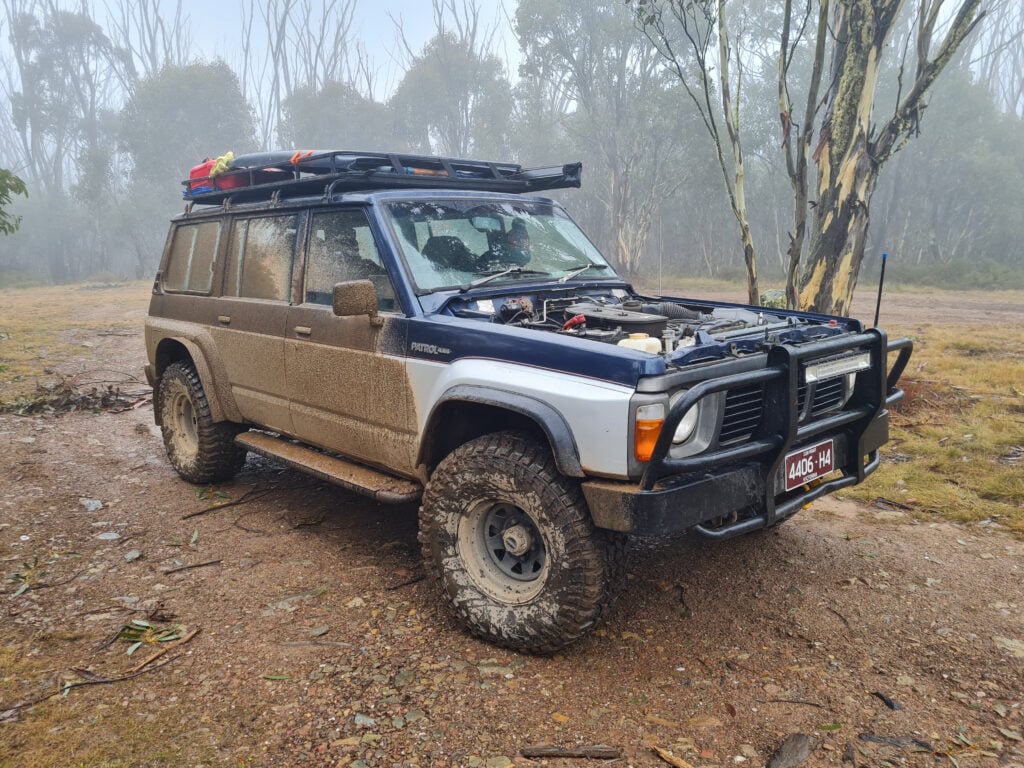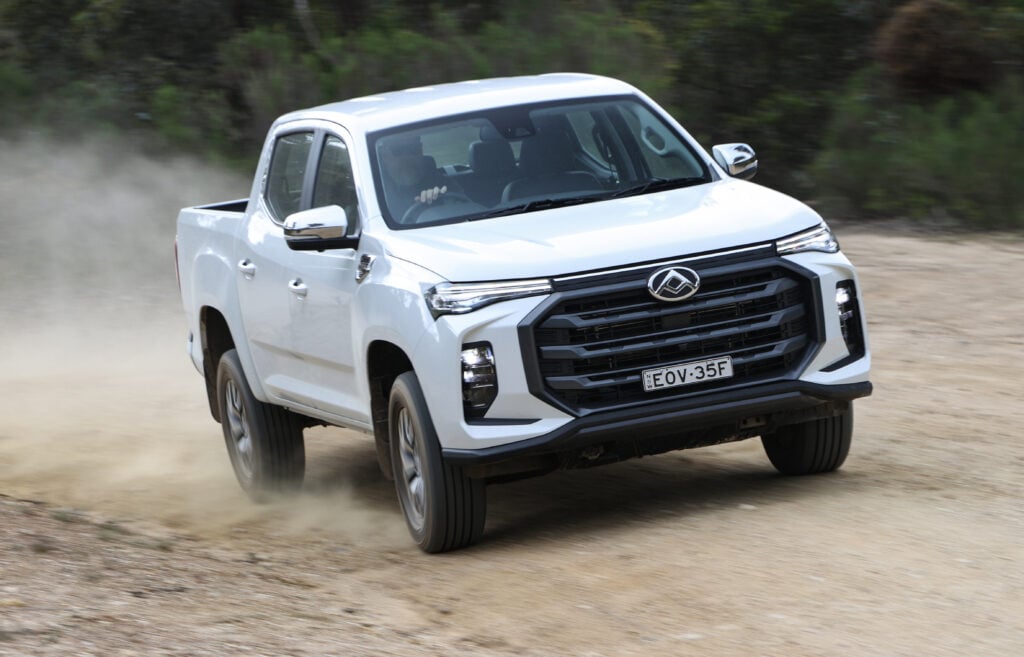MERCEDES-BENZ’S iconic G-Wagen was developed more than 40 years ago to transport militaries across the deserts of North Africa and the Middle East, so it’s only fitting that when a new variant arrived in Australia, Benz chose to take it to the desert.
Despite a much-publicised 2011 expedition on the Canning Stock Route, where failed shock absorbers brought the media convoy to a halt, Benz has been brave enough to do it again, this time choosing an east-to-west crossing of the Simpson Desert.
The new variant is the G300 CDI Professional wagon, which joins the cab-chassis variant as the workhorse models in the G range. The G-Pro wagon uses the same 3.0-litre diesel V6 engine, five-speed automatic transmission, full-time 4×4 and triple diff-locked driveline as the cab-chassis, in a bare-bones four-seat, five-door wagon.
The desert convoy included three G300 wagons and two cab-chassis variants, as well as two left-hand drive G500 wagons belonging to explorer Mike Horn, who joined us to make this trip. Drivers came from media outlets around the world, most of whom had never even been to Australia before, let alone visited the remote and rugged terrain of the Outback.
As the convoy filed out of Birdsville the newbies were given a baptism of sand as we hit Big Red, the biggest of the 1100-odd sand dunes, that marks the eastern edge of the Simpson. With tyre pressure dropped, they soon learned the capabilities of the vehicles and the workings of the low-range transmission and differential locks.
G-Wagen expert and factory test driver Erwin Wonisch was on hand to help with the in-the-field training, and it wasn’t long before everyone was an expert and we ventured farther west.
The new experiences for the international contingent continued when the sun went down, as they rolled out swags for the first time and spent their first night under the stars, where the Milky Way shines brighter than anywhere else.
The adventure took three days to reach Dalhousie Springs via The QAA Line, French Line, Poeppel Corner, Knolls Track and the WAA Line. The Gs took on the dunes with ease and ate up the flatter track sections. The loaded cab-chassis felt the best in the rough stuff, while the bellowing V8s of the G500s sounded killer as they roared up the dunes.
After a warm swim and quick shower at Dalhousie, the trip broke north to explore the history of Old Andado Station and be regaled around the campfire by caretaker Cobby Bob’s bush poetry.
Mount Dare to Finke and some rocky private property tracks near Mount Ooraminna showed the Outback in a vastly different light to the sandy deserts of the days previous, but the jewel in the crown lay ahead as the journey was completed under the massive rock domes of Uluru – Kata Tjuta.
The seven G-Wagens covered more than 3000 Outback kilometres (when you include the drive to Birdsville from the east coast) without a fault – and all shock absorbers worked as they should, to the relief of the Mercedes-Benz Australia team.
The G-Pro 461 vehicles use a heavier duty oil-filled shock absorber rather than the gas-filled AMG shocks on the 463 Gs that failed on the Canning, and these are obviously better suited to the punishing Australian terrain. The torturous terrain didn’t even claim a tyre on this trip, as the Professionals are all fitted with BF Goodrich all-terrain tyres on 16-inch alloy wheels as standard.
It’s this standard equipment, along with its simple and pure design, that makes the G-Professional the obvious choice for expedition work like this desert trip. While they may miss out on the luxury features of the 463 models, the Professionals have the gear you really need for remote-area touring.
G300 CDI CAB-CHASSIS
MERCEDES-BENZ released the cab-chassis Professional to Australia last year, and we are the only market on the planet to get it. While we praised the truck for its ease of use and heavy 2.4-tonne payload, we were critical of its stiff-riding chassis and rough ride quality. This was noted both unladen and with a tonne on the tray.
Since it was launched, Benz has looked at these criticisms and is working on a softer suspension package that might be offered as an option in the future. However, something that has already been implemented on the truck is a new pair of rear shock absorbers that are 15mm longer.
15mm mightn’t sound a lot, but the change appears to have transformed the cab-chassis models that were used on this trip. These vehicles also had close to 1.5-tonnes on them – aluminium canopies, tools and supplies – but we spent a day driving one on the WAA line and loved it.
In fact, it has become a favourite of the two-model G-Professional range. With its longer wheelbase over the wagon, the cab-chassis rides better and ambled up and over dunes, was comfortable on the rough tracks, and hauled the load needed to support and feed the crew on this trip.
Swap out those toolboxes for a serious camper and the G-Pro cab-chassis could be the perfect expedition rig.
THE WORLD’S GREATEST EXPLORER
MIKE Horn has faced a firing squad in the Congo, been sat on by a polar bear in the Arctic, and circumnavigated the globe under his own steam the long way around as he followed the equator for its full length. So ‘the world’s greatest modern-day explorer’ is a title he has earned through hard work and a true spirit of adventure.
South African-born but now residing in Switzerland (during those rare moments when he is at home), Mike’s life is comprised of one expedition after another, and that has taken him to the extremes of the planet. Mike joined us for the Simpson Desert crossing with his daughter Jessica and their two G500 Benzes. This was the next leg in his current Pole to Pole expedition, which started in Monaco in May.
From the lifestyle capital of the rich and famous, he sailed his custom-built yacht Pangea down the west coast of Africa to Namibia, where he picked up his G-Wagens and drove via deserts and jungles to South Africa. From here it was back on the boat to sail to Antarctica for a not-so-casual solo crossing on skis via the South Pole that took 55 days, before getting back on the boat to sail up to us in Australia, via New Zealand.
The journey from Australia will take Mike to New Guinea, through Asia where he hopes to bag a couple of as-yet unclimbed 7000-metre peaks, all the way up to the Arctic where he will again cross the Pole solo, before returning to the start point in Monaco. It’s a two-year adventure that will put Mike on six of the seven continents of the world.
You can follow the expedition via the website at: www.mikehorn.com/pole-2-pole






